As the leaves change color and the air becomes crisp, there's no denying that fall is in the air. While this season brings with it cozy sweaters and pumpkin spice everything, it also presents a unique set of challenges, particularly when it comes to staying safe and independent. Falls can happen to anyone, but they are especially common among older adults. The good news is that there are steps you can take to prevent falls and maintain your independence. In this ultimate guide to fall prevention, we'll explore practical tips, exercises, and lifestyle changes that can help you stay on your feet and enjoy the season to the fullest. Whether you're a senior looking to age gracefully or a caregiver concerned about the wellbeing of your loved one, this guide is your go-to resource for all things fall prevention. So grab a warm cup of tea, put on your reading glasses, and let's dive into the world of fall prevention together.

Importance of Fall Prevention
Falls can have serious consequences, especially for older adults. In fact, falls are the leading cause of injury-related deaths among seniors. The physical and emotional toll of a fall can be significant, often resulting in fractures, head injuries, and a loss of confidence. However, the good news is that many falls can be prevented with the right knowledge and precautions. By understanding the importance of fall prevention, you can take proactive steps to reduce your risk and maintain your independence.
Preventing falls is not just about avoiding injuries; it's also about preserving your quality of life. A fall can lead to a loss of mobility, which can in turn limit your ability to engage in activities you enjoy. By taking steps to prevent falls, you can continue to do the things you love, whether it's going for walks in the park, playing with your grandchildren, or pursuing your hobbies. Fall prevention is about staying active, maintaining your independence, and enjoying life to the fullest.
One of the key reasons fall prevention is so important is the impact it can have on healthcare costs. Falls can result in hospitalization, surgery, and long-term care, all of which can be expensive. By taking proactive steps to prevent falls, you can reduce the financial burden on yourself and the healthcare system as a whole. Fall prevention is not only good for your health but also for your wallet.
Common Causes of Falls
Understanding the common causes of falls is crucial to preventing them. While falls can happen for a variety of reasons, there are certain factors that increase the risk significantly. Being aware of these risk factors can help you take appropriate measures to reduce your chances of falling.
One of the primary causes of falls is muscle weakness and poor balance. As we age, our muscles naturally weaken, making it more difficult to maintain our balance and coordinate our movements. Chronic health conditions such as arthritis, Parkinson's disease, and diabetes can further contribute to muscle weakness and balance problems. Medications can also play a role, as certain drugs can cause dizziness or affect our balance.
Environmental hazards are another common cause of falls. Slippery floors, loose rugs, cluttered walkways, and poorly lit areas can all increase the risk of a fall. It's important to assess your living environment and make any necessary modifications to reduce these hazards. Installing grab bars in the bathroom, securing rugs with double-sided tape, and improving lighting can all go a long way in preventing falls at home.
Another factor that increases the risk of falls is poor vision. As we age, our eyesight naturally deteriorates, making it more difficult to see obstacles in our path. Regular eye exams and wearing the correct prescription glasses can help ensure that your vision is as clear as possible, reducing the risk of tripping and falling.
Fall Prevention Strategies at Home
Creating a safe and fall-proof home environment is essential for preventing falls. Fortunately, there are many simple strategies and modifications you can make to reduce the risk of falls at home. By taking the time to address potential hazards and implement preventive measures, you can significantly decrease your chances of experiencing a fall.
Start by decluttering your living space. Remove any unnecessary items from walkways and ensure that there is clear and unobstructed access to all areas of your home. Pay special attention to high-traffic areas such as hallways and staircases, as these are common places for falls to occur.
Next, take a look at your flooring. Ensure that all carpets and rugs are securely fastened to the floor to prevent slipping. If you have hardwood or tile floors, consider using non-slip mats or rugs in areas where you frequently walk, such as the kitchen or bathroom. Additionally, be cautious of any loose floorboards or uneven surfaces, as these can also increase the risk of a fall.
Lighting plays a crucial role in fall prevention. Make sure that all areas of your home are well-lit, especially staircases, hallways, and entrances. Install bright, energy-efficient bulbs and consider using motion-sensor lights in key areas to ensure that you have adequate visibility, even during nighttime trips to the bathroom.
Bathrooms can be particularly hazardous, so it's important to take extra precautions in these areas. Install grab bars near the toilet and in the shower or bathtub to provide additional support and stability. Consider using a non-slip mat or adhesive strips in the shower or bathtub to prevent slipping. If you have difficulty getting in and out of the bathtub, a bathtub transfer bench or a shower chair can be helpful.
To prevent falls on stairs, ensure that handrails are securely fastened and provide support on both sides of the staircase if possible. Consider adding contrasting tape or paint to the edge of each step to improve visibility. If climbing stairs becomes challenging, you may want to explore options such as stairlifts or installing a bedroom on the ground floor.
Taking these simple fall prevention strategies into account can make a significant difference in reducing your risk of falling at home. Remember, prevention is key, and a few small modifications can go a long way in ensuring your safety and independence.
Fall Prevention Exercises and Activities
In addition to making modifications to your home environment, engaging in regular exercises and activities can also help prevent falls. Exercise is not only beneficial for maintaining physical strength and balance but also for boosting your overall well-being. By incorporating fall prevention exercises into your routine, you can improve your strength, flexibility, and coordination, ultimately reducing your risk of falling.
One of the best exercises for fall prevention is strength training. Strengthening your muscles, particularly those in your legs and core, can improve your balance and stability. Simple exercises such as squats, lunges, and calf raises can be done at home with little to no equipment. If you're new to strength training, consider working with a personal trainer or joining a fitness class specifically designed for older adults.
Balance exercises are also crucial for fall prevention. These exercises help improve your ability to maintain your balance in various positions and situations. Examples of balance exercises include standing on one leg, walking heel to toe, and practicing yoga or tai chi. Start with exercises that are appropriate for your fitness level and gradually increase the difficulty as you progress.
Flexibility exercises can also play a role in fall prevention. Stretching regularly can improve your range of motion, making it easier to move and maintain your balance. Incorporate gentle stretching exercises into your daily routine, focusing on major muscle groups such as your legs, back, and shoulders. Yoga and Pilates classes can also be great options for improving flexibility and balance.
In addition to exercises, staying active and engaged in activities that challenge your mind and body can help prevent falls. Activities such as dancing, swimming, gardening, and even playing certain video games can improve your balance, coordination, and overall fitness. Find activities that you enjoy and make them a regular part of your routine.
Remember to consult with your healthcare provider before starting any new exercise program, especially if you have pre-existing health conditions or concerns. They can provide guidance on the most appropriate exercises for your specific needs and help ensure that you're engaging in activities safely.
Assistive Devices for Fall Prevention
Assistive devices can be valuable tools for fall prevention, providing additional support and stability when needed. There are a variety of assistive devices available, ranging from simple aids to more advanced technologies. By understanding the options and considering your specific needs, you can choose the right assistive devices to enhance your safety and independence.
One of the most common assistive devices for fall prevention is a cane or walker. These devices provide additional support and balance, particularly for those with mobility issues or balance problems. Canes come in various styles, including single-point canes, quad canes, and offset canes. Walkers are available in different designs, such as standard walkers, rollators, and knee walkers. Consult with a healthcare professional to determine which type of device is most suitable for your needs.
Grab bars are another essential assistive device, especially in the bathroom. These bars can be installed near the toilet, in the shower or bathtub, and near the sink to provide stability and support. Make sure that the grab bars are securely fastened to the wall and capable of supporting your weight. If you're unsure about installation, consider consulting a professional or requesting assistance from a caregiver or family member.
Non-slip mats and adhesive strips can be used in various areas of your home to prevent slipping. These simple devices can be particularly useful in the bathroom, kitchen, and entranceways. Ensure that the mats and strips are securely attached to the floor and replace them if they become worn or damaged.
If you have difficulty with balance or fear of falling, a balance board or stability trainer can be beneficial. These devices challenge your balance and help improve stability over time. Start with basic exercises and gradually increase the difficulty as you become more comfortable.
Technology has also given rise to a range of advanced assistive devices for fall prevention. Fall detection systems, for example, use sensors and algorithms to detect falls and automatically alert caregivers or emergency services. These systems can provide an added layer of security, particularly for those at higher risk of falling.
When choosing assistive devices, it's important to consider your specific needs and preferences. Consult with healthcare professionals, such as occupational therapists or physical therapists, who can provide expert advice and guidance. They can help assess your needs and recommend the most appropriate assistive devices for your situation.
Safety Tips for Outdoor Fall Prevention
Fall prevention is not limited to the indoors; there are also steps you can take to stay safe and prevent falls when you're out and about. Whether you're enjoying a walk in the park, running errands, or simply navigating uneven sidewalks, these safety tips can help reduce your risk of falling outdoors.
First and foremost, wear appropriate footwear. Choose shoes that provide good support, have non-slip soles, and fit properly. Avoid high heels, flip flops, and shoes with worn-out soles, as they can increase the risk of slipping and falling. If you need additional support, consider wearing orthotic inserts or shoes designed specifically for balance and stability.
Be mindful of your surroundings and watch out for potential hazards. Uneven pavement, potholes, and debris on sidewalks can all pose a risk. Take your time and walk at a pace that feels comfortable and secure. If you encounter a hazardous area, consider finding an alternate route if possible.
Use handrails whenever available, particularly when navigating stairs or inclines. Handrails provide additional support and stability, helping you maintain your balance. When using handrails, make sure they are securely fastened and capable of bearing your weight.
In colder climates, icy conditions can make outdoor surfaces slippery and increase the risk of falls. Take extra precautions during winter months by wearing appropriate footwear with good traction, using ice grippers or shoe spikes, and being cautious when walking on icy or snowy surfaces. Consider using a walking aid, such as a cane or walker, for added stability.
Stay vigilant and be aware of your limitations. If you feel unsteady or fatigued, take breaks as needed and sit down if necessary. It's better to take your time and prioritize your safety than to rush and risk a fall. If you're feeling uncertain about your ability to navigate outdoor environments, consider asking for assistance from a family member, friend, or caregiver.
Fall Prevention Checklist for Seniors
Preventing falls requires a comprehensive approach that addresses various aspects of your life. To help you stay on track and ensure that you're taking all the necessary precautions, we've put together a fall prevention checklist specifically tailored for seniors. This checklist can serve as a handy reference to help you maintain your safety and independence.
1. Assess your home for potential hazards, such as cluttered walkways, loose rugs, and poor lighting. Make necessary modifications to reduce these risks.
2. Install grab bars in the bathroom and ensure that all areas of your home are well-lit.
3. Wear appropriate footwear with good support and non-slip soles.
4. Engage in regular exercises that improve strength, balance, and flexibility. Consult with a healthcare professional to determine the most suitable exercises for your needs.
5. Consider using assistive devices, such as canes, walkers, and grab bars, to enhance stability and support.
6. Stay active and participate in activities that challenge your mind and body.
7. Keep up with regular eye exams and wear the correct prescription glasses to maintain good vision.
8. Be cautious of environmental hazards when outdoors, such as uneven surfaces and icy conditions.
9. Take your time and prioritize your safety when navigating outdoor environments. Use handrails when available and ask for assistance if needed.
10. Stay connected with healthcare professionals who can provide guidance on fall prevention and address any specific concerns or conditions you may have.
By following this fall prevention checklist, you can take proactive steps to reduce your risk of falling and maintain your safety and independence.
Fall Prevention Resources and Organizations
There are numerous resources and organizations dedicated to fall prevention, providing valuable information, support, and guidance. Whether you're looking for educational materials, exercise programs, or local support networks, these resources can help you in your journey towards fall prevention. Here are a few notable organizations and websites to explore:
1. **National Council on Aging (NCOA)** - The NCOA provides a wide range of resources and programs aimed at empowering older adults to age well and live independently. Their website offers valuable information on fall prevention, including tips, exercises, and educational materials.
2. **Centers for Disease Control and Prevention (CDC)** - The CDC offers an extensive collection of resources on fall prevention, including statistics, research, and evidence-based interventions. Their website provides comprehensive information on preventing falls in older adults.
3. **National Institute on Aging (NIA)** - The NIA offers resources


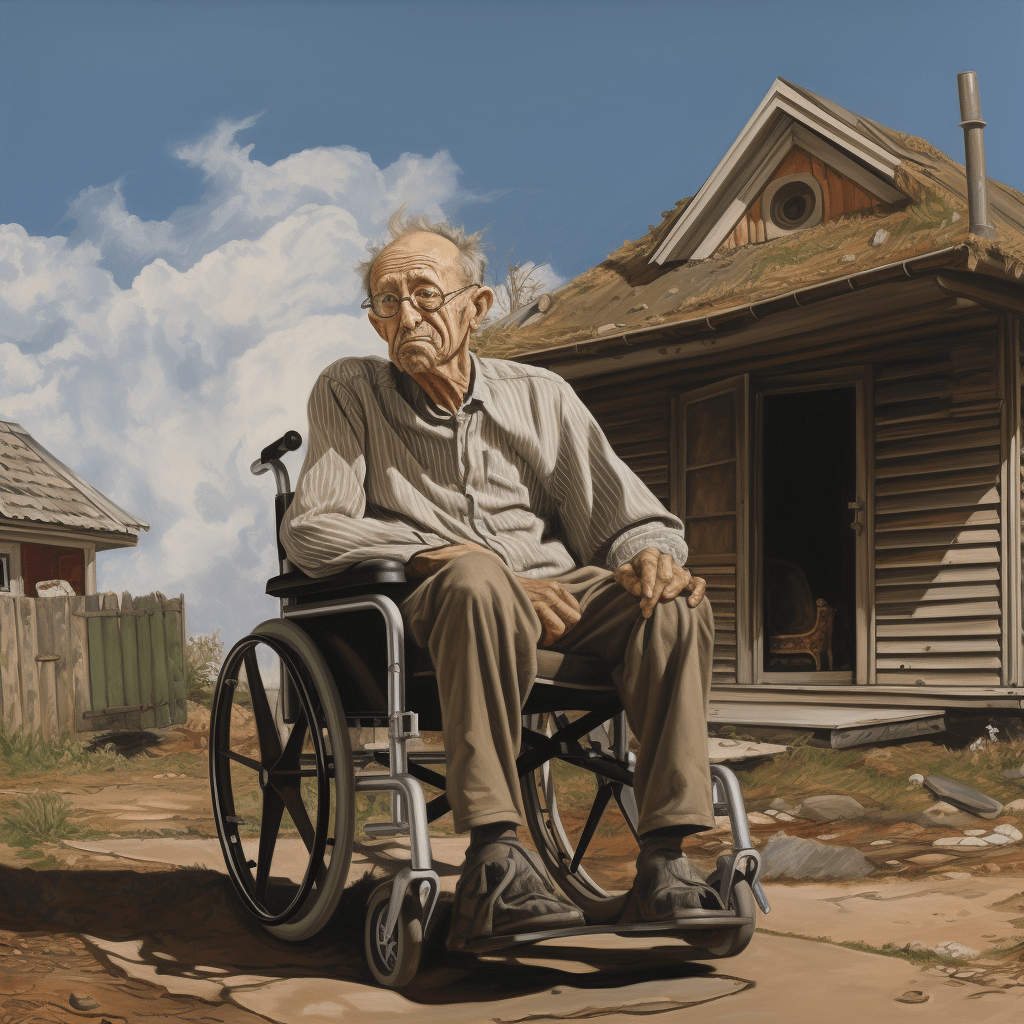
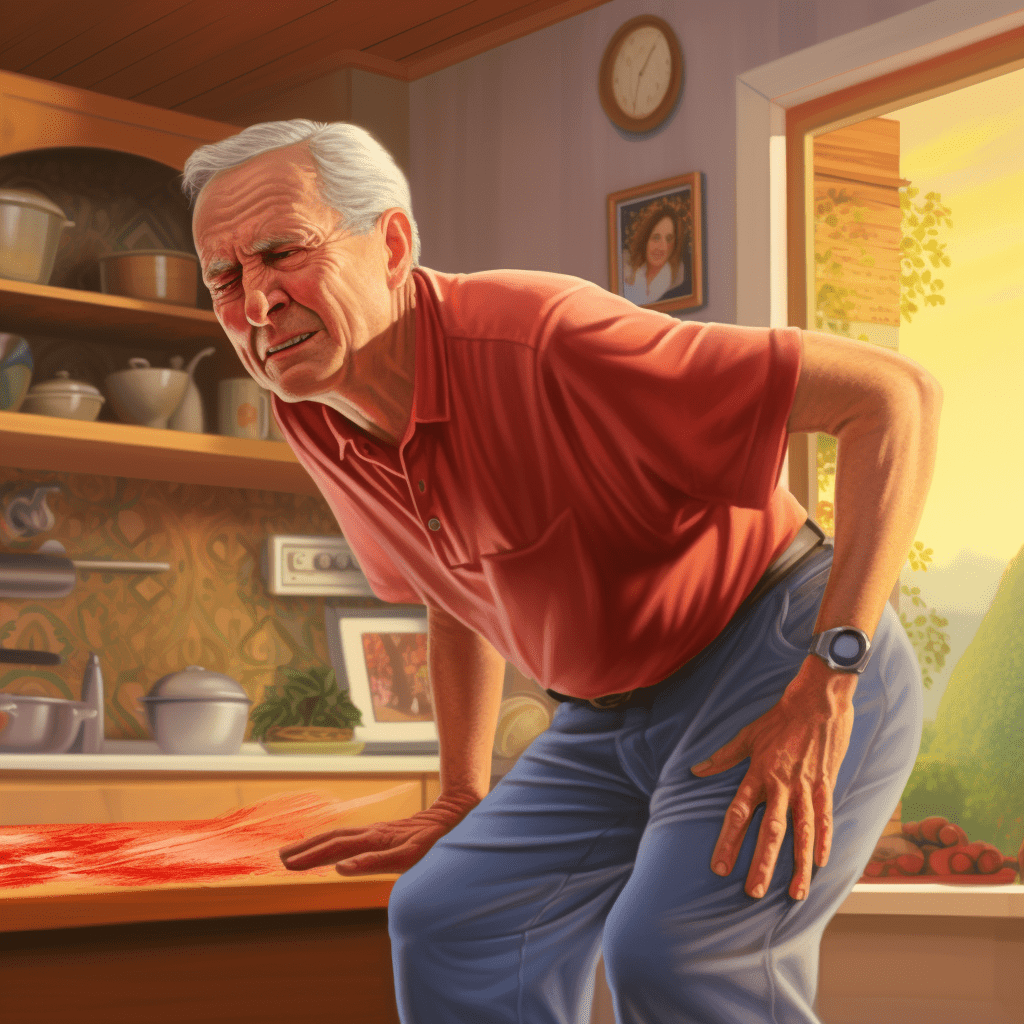
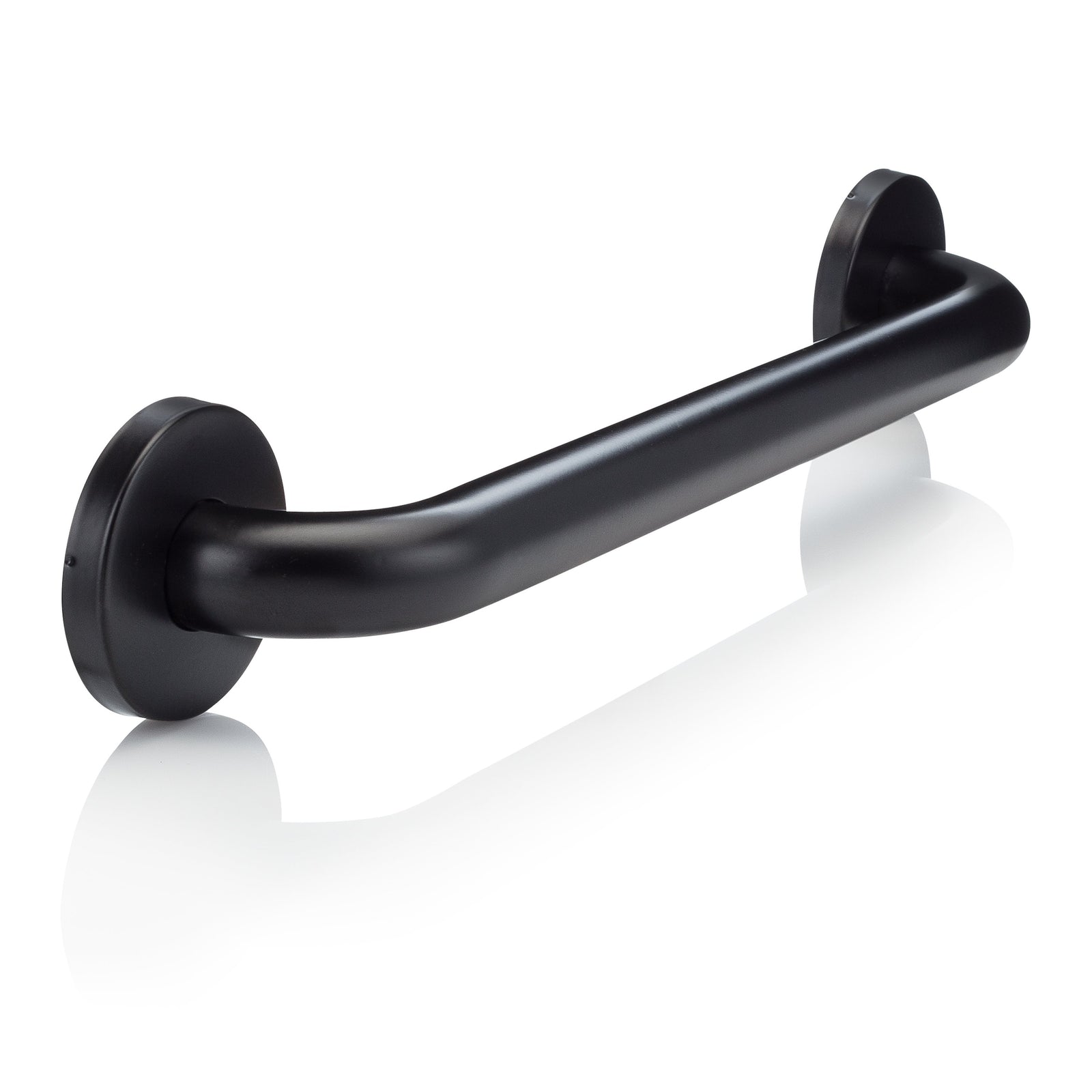
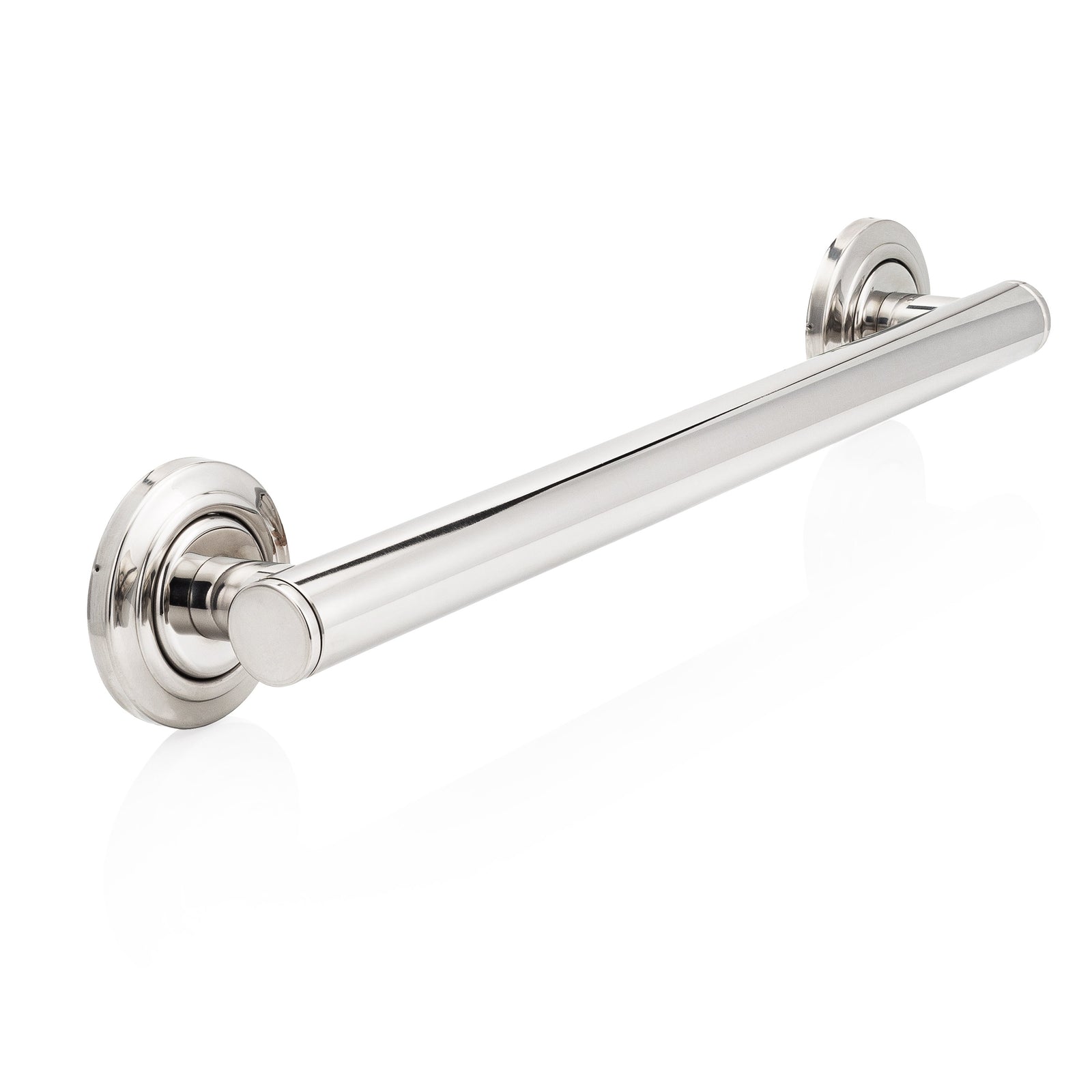


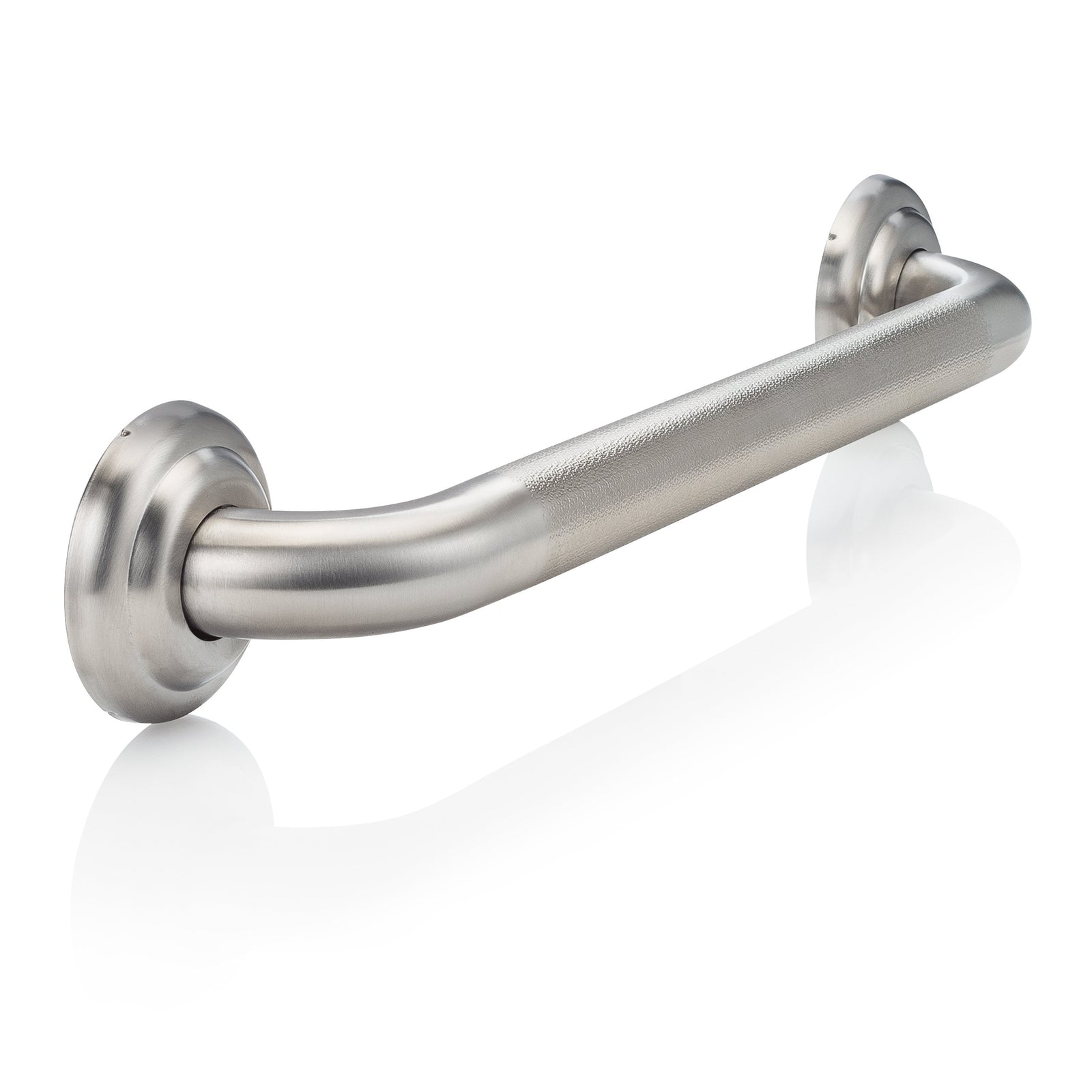
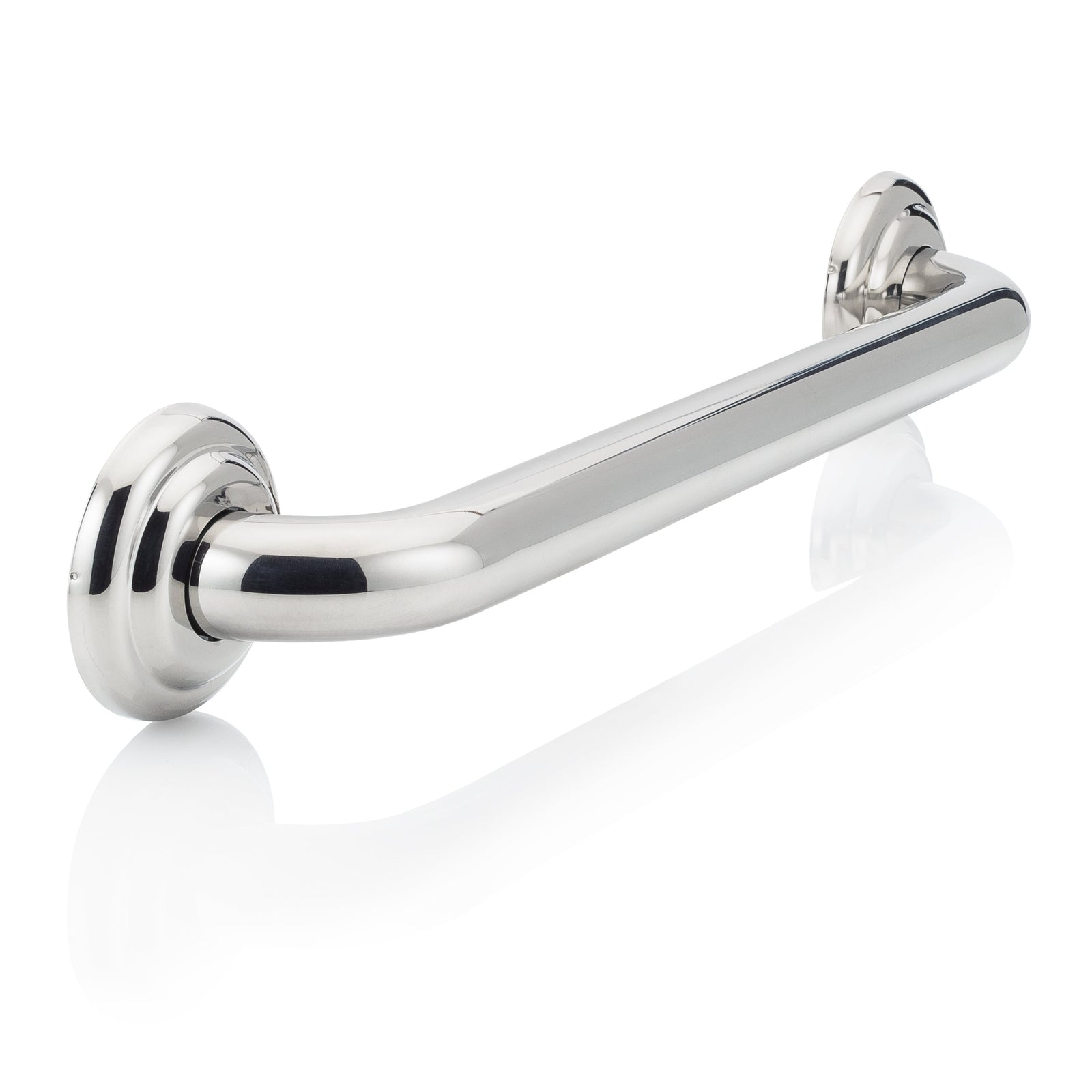
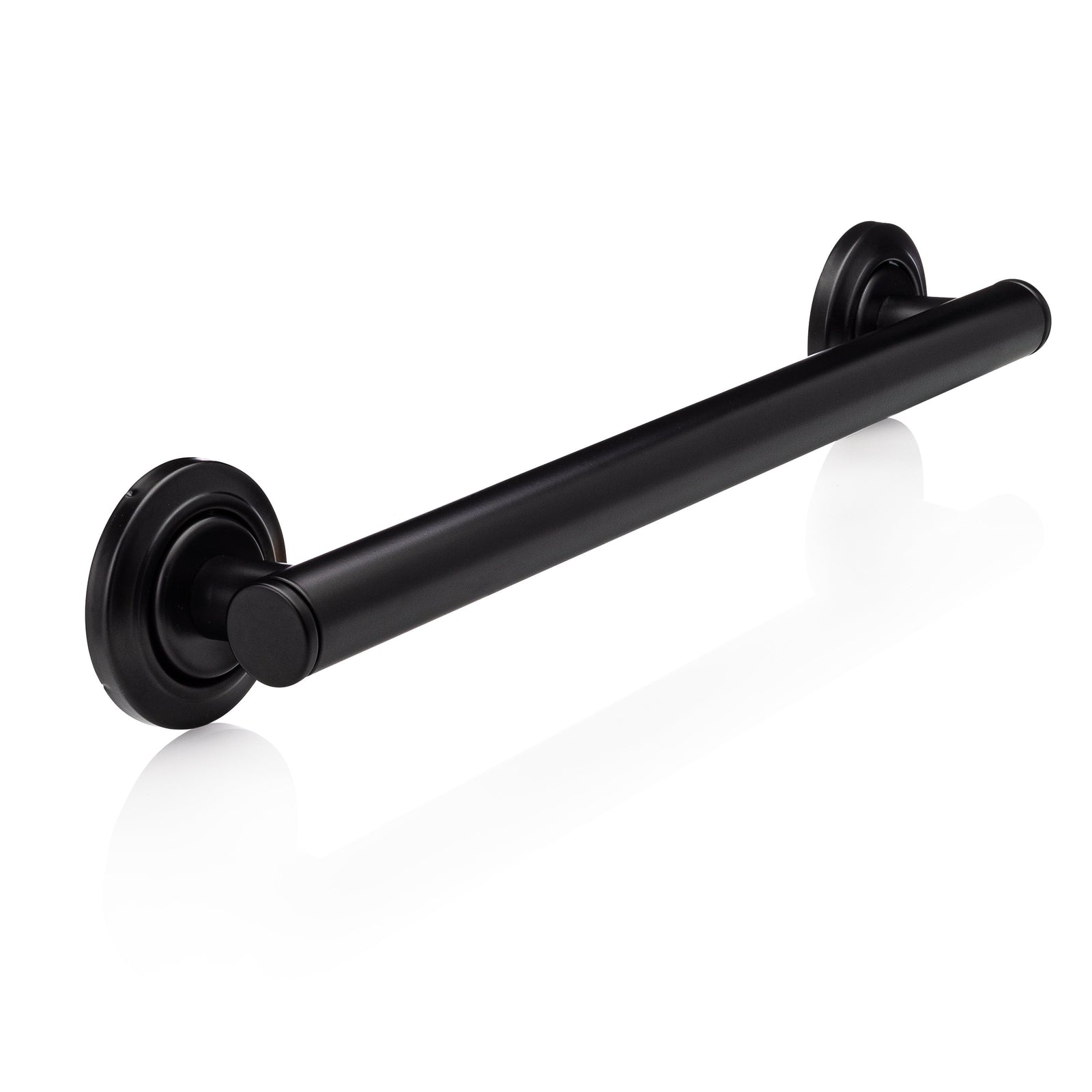
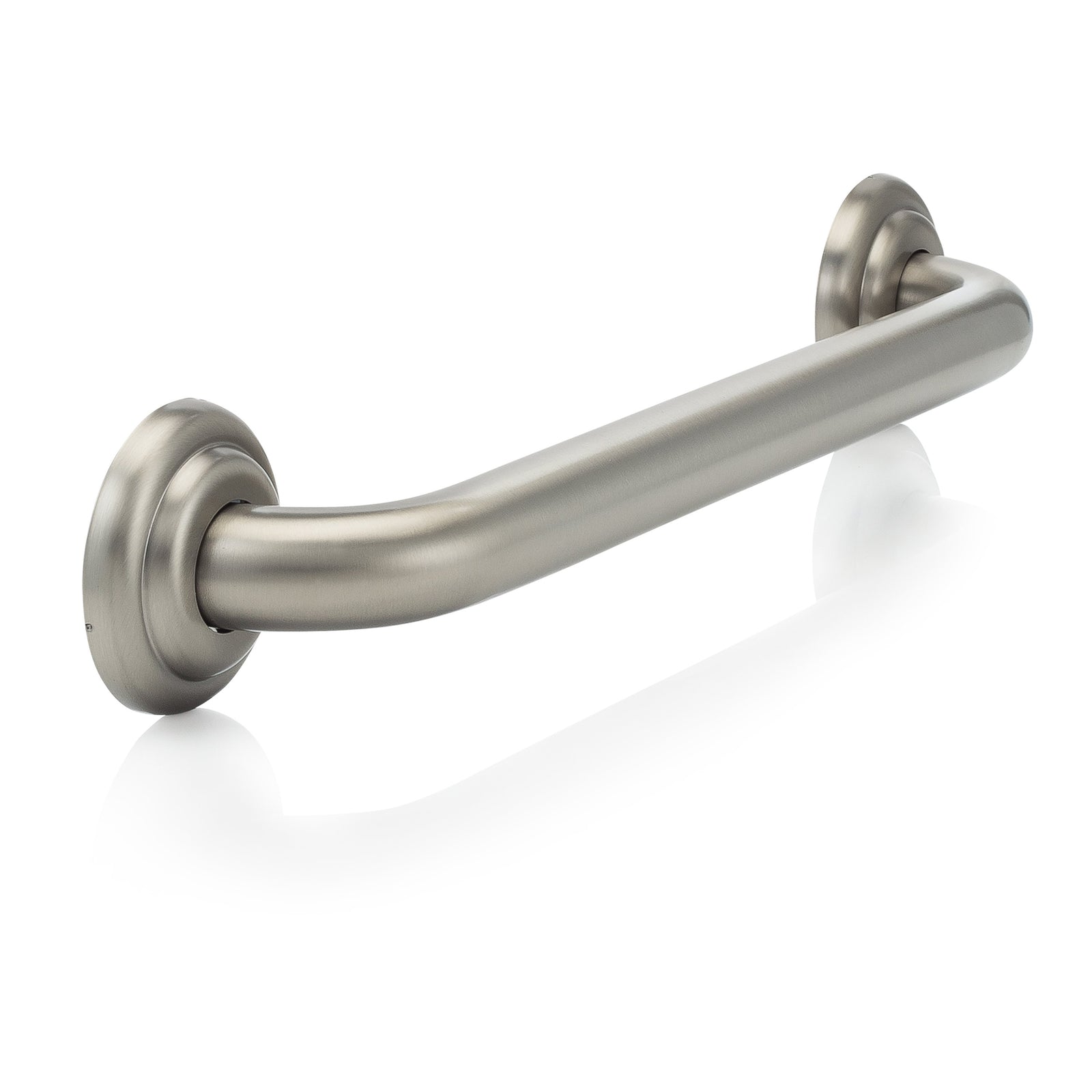
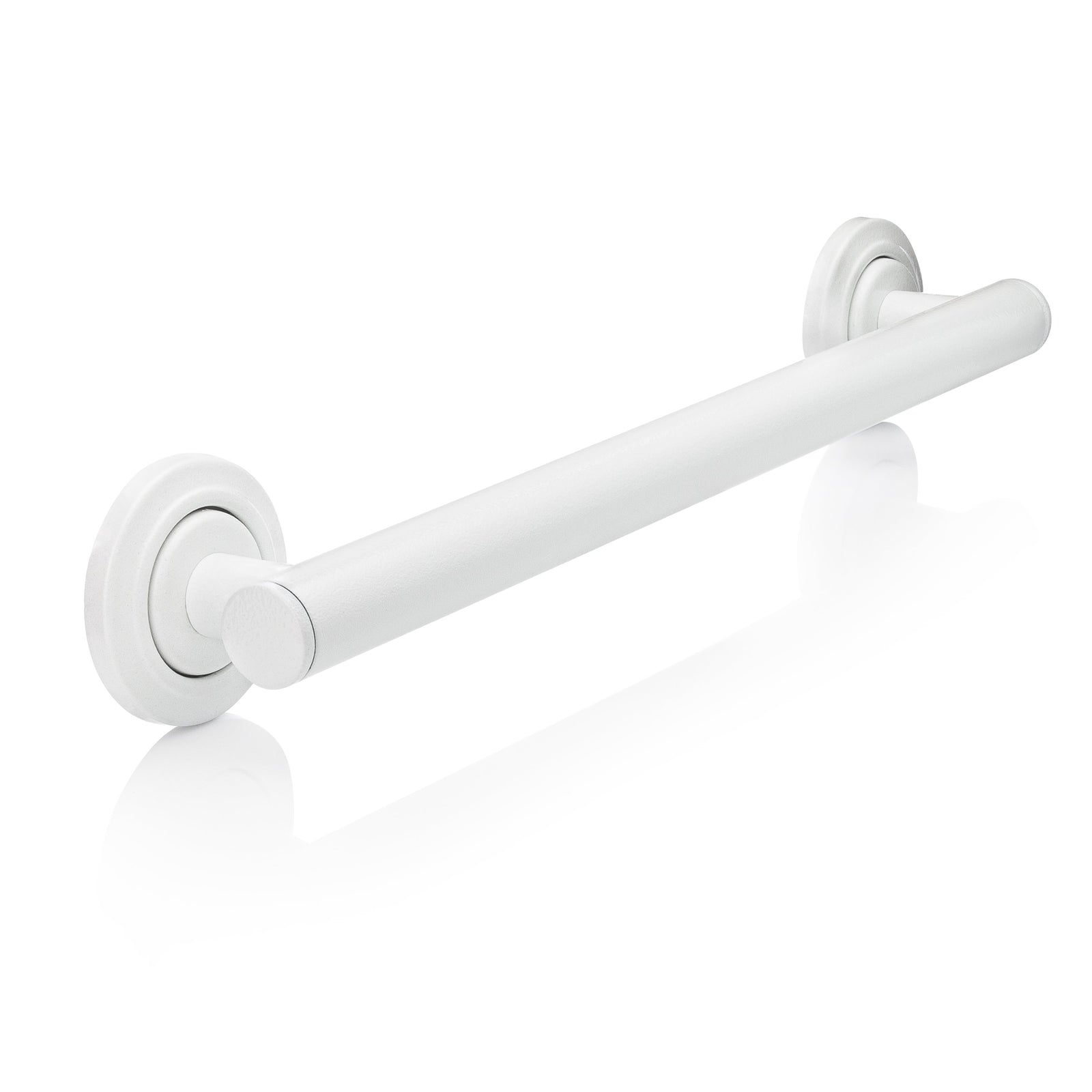
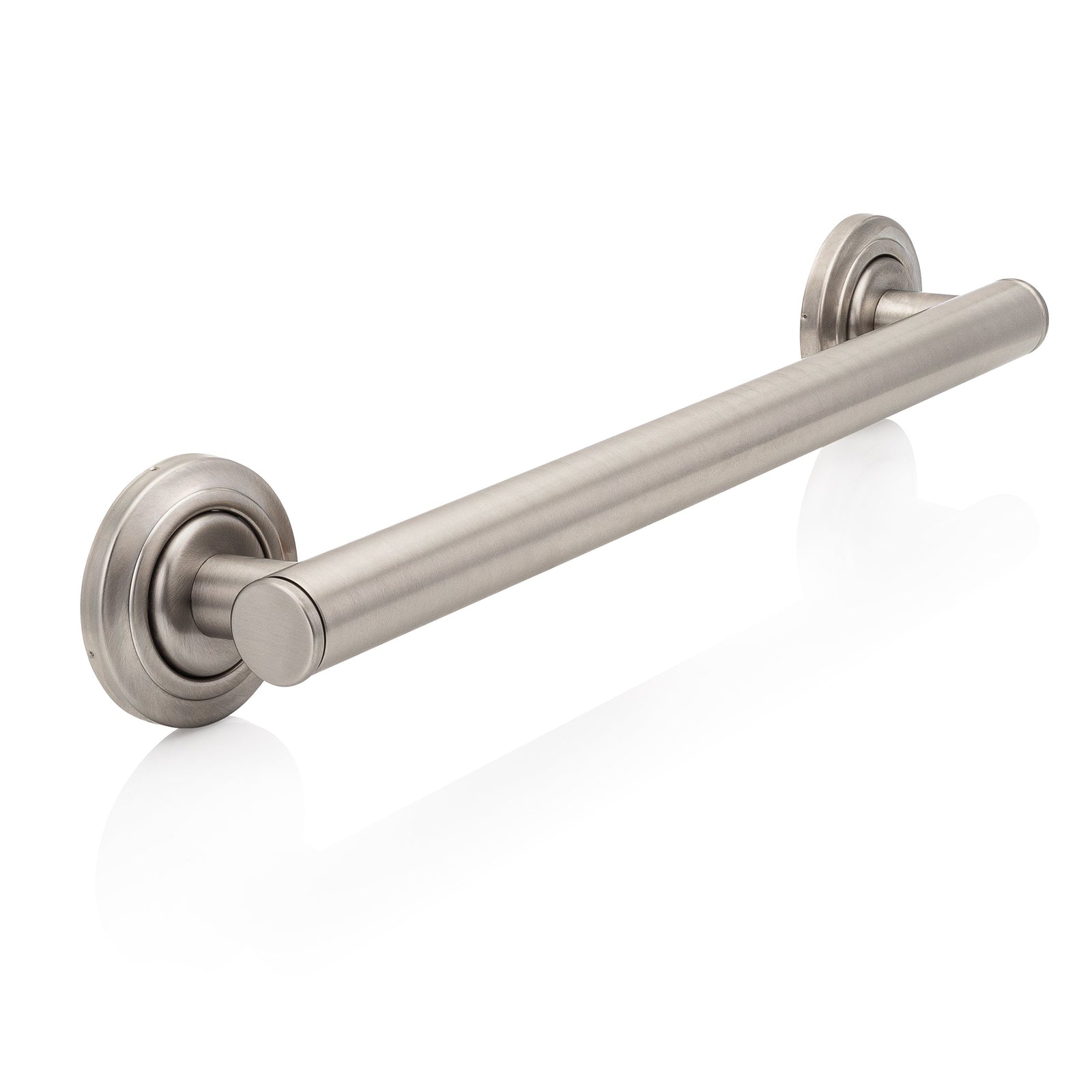
Leave a comment (all fields required)